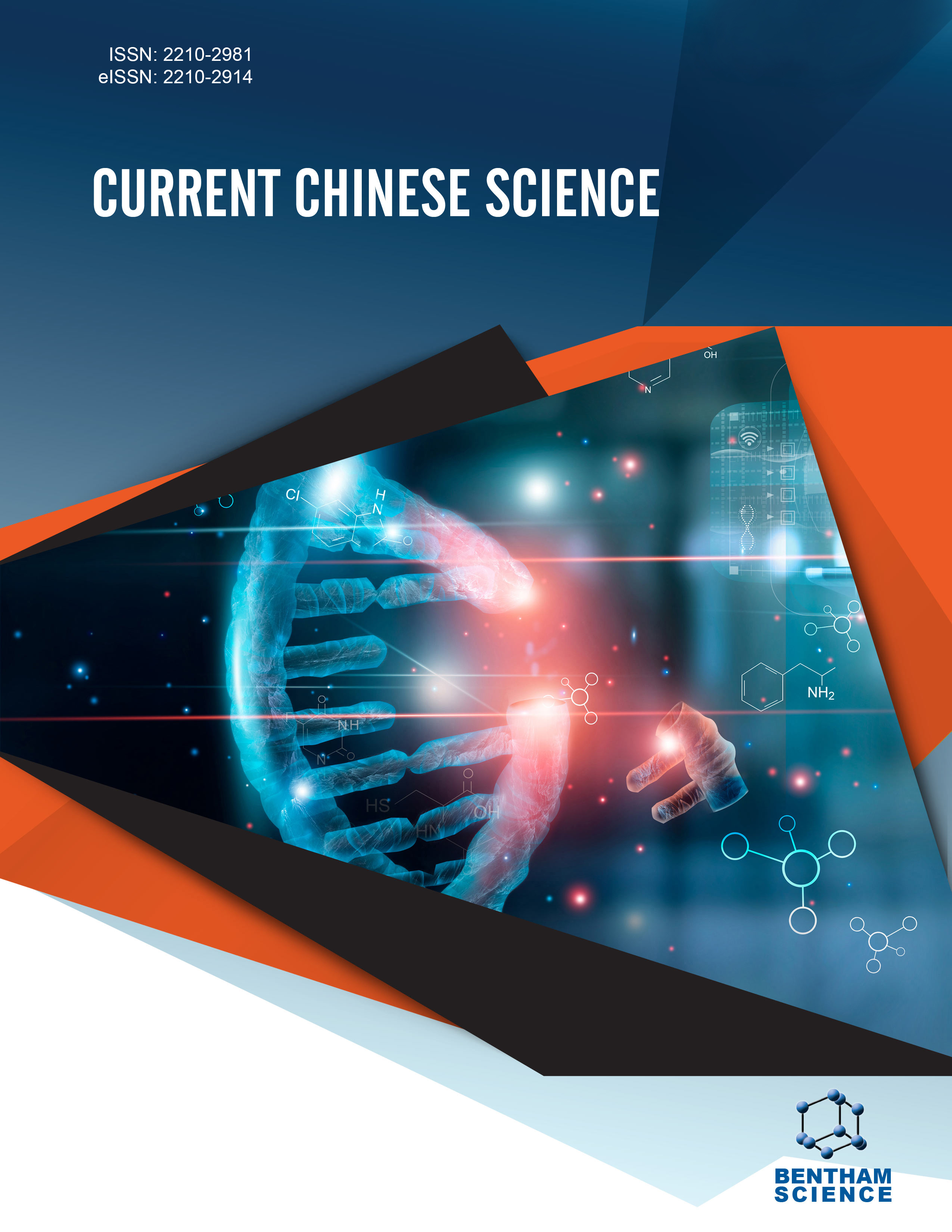-
s Construction and Clinical Application of Digital Intelligent Diagnosis and Treatment System for Hepatocellular Carcinoma
- Source: Current Chinese Science, Volume 3, Issue 6, Dec 2023, p. 452 - 466
-
- 01 Dec 2023
Abstract
In the past 20 years, with the emergence and update of digital intelligent technology, the diagnosis and treatment of hepatocellular carcinoma (HCC) have undergone profound changes. Three-dimensional visualization technology has revolutionized the traditional two-dimensional diagnosis and treatment model of HCC and realized preoperative visualization of tumors and complex liver anatomy. The emergence of ICG fluorescence imaging has realized intraoperative tumor boundary visualization from the molecular and cellular levels. Augmented reality (AR) and mixed reality (MR) technology can realize the three-dimensional visualization of anatomical structures in surgical navigation. Traditional experiential surgery has been transformed into modern intelligent navigation surgery, and surgery has stepped into a new era of digital intelligent technology. In addition, artificial intelligence, molecular imaging and nanoprobes are also expected to achieve early diagnosis and treatment of HCC and improve the prognosis of patients. This article reviews the latest application of digital intelligent diagnosis and treatment technology related to diagnosing and treating HCC, hoping to help achieve accurate diagnosis and treatment of HCC.


